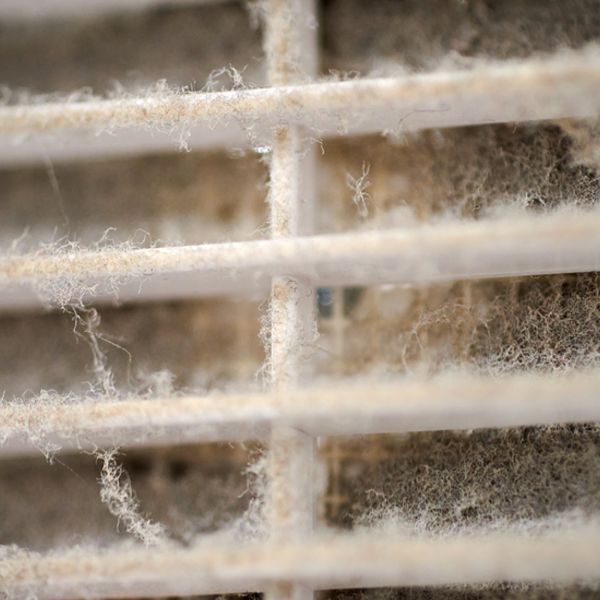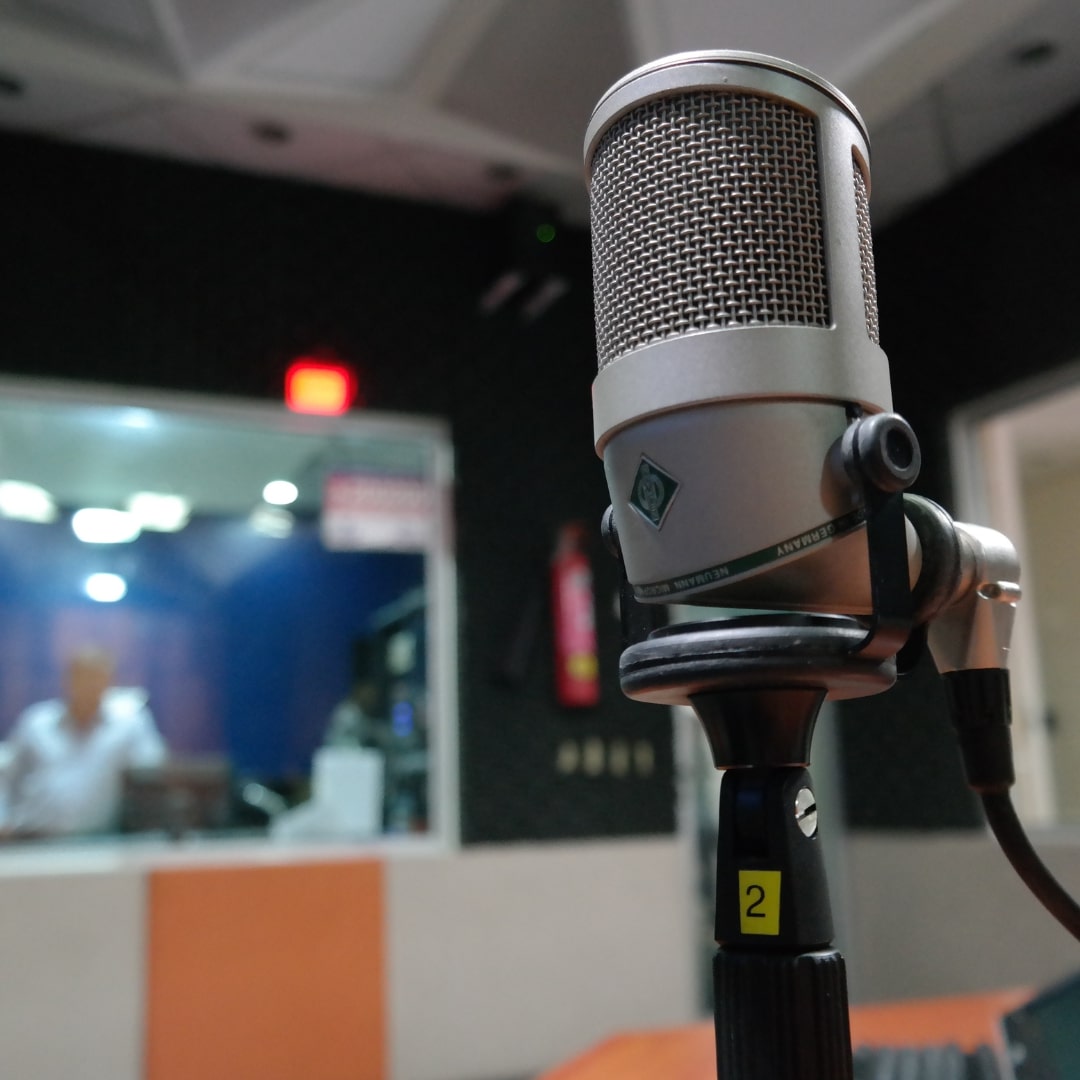Background
A couple became concerned after their asthmatic son developed respiratory distress after spending time in their Brewster cottage.
Investigation
Nauset Environmental Services (NES) was retained to provide a mold/moisture inspection. The customer was unaware of any recent moisture incursion events. We did not observe any visible mold growth; nor did we detect any musty odors. To “put a number” on the residual mold load inside the home, NES collected fan-disturbed air samples in the home’s living room and in the son’s bedroom and shipped them to a properly accredited mold lab for analysis.
Lab Results
We compared the lab results against NES’s health-based clearance guideline of 1,000 Pen/Asp (“moisture indicator”) spores per cubic meter of air (S/m3). The living room air sample registered a Pen/Asp spore concentration of 100,000 S/m3 (some 100 times NES’s guideline) and the bedroom sample recorded an in-air concentration of 59,000 S/m3 (some 59 times the NES guideline.)

Post-Remediation Verification (PRV) Air Sampling
The homeowner retained the services of a mold remediation contractor and then had NES return to provide post-remediation verification (PRV) air monitoring to assess the thoroughness of the cleanup. The PRV lab data revealed stubbornly elevated Pen/Asp spore levels.
We learned that the cottage’s ducted heating system had recently been updated. It ran through the crawl space underneath the occupied portion of the home. At NES’s urging, the HVAC contractor returned and found that the air handling system was entraining air from the dirty crawl space. This defect was corrected, the ductwork was cleaned, the home was re-cleaned by the remediation contractor, and a second PRV assessment conducted by NES documented that the second cleanup had achieved > 98% reduction in the residual mold load in the home. A claim was submitted to the HVAC contractor’s general liability insurer.





